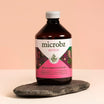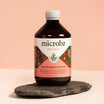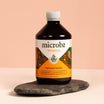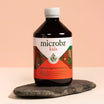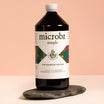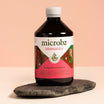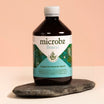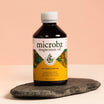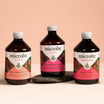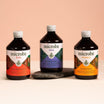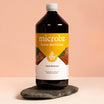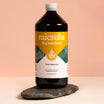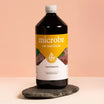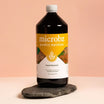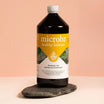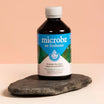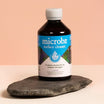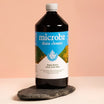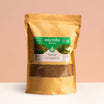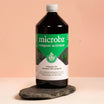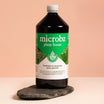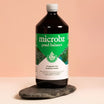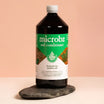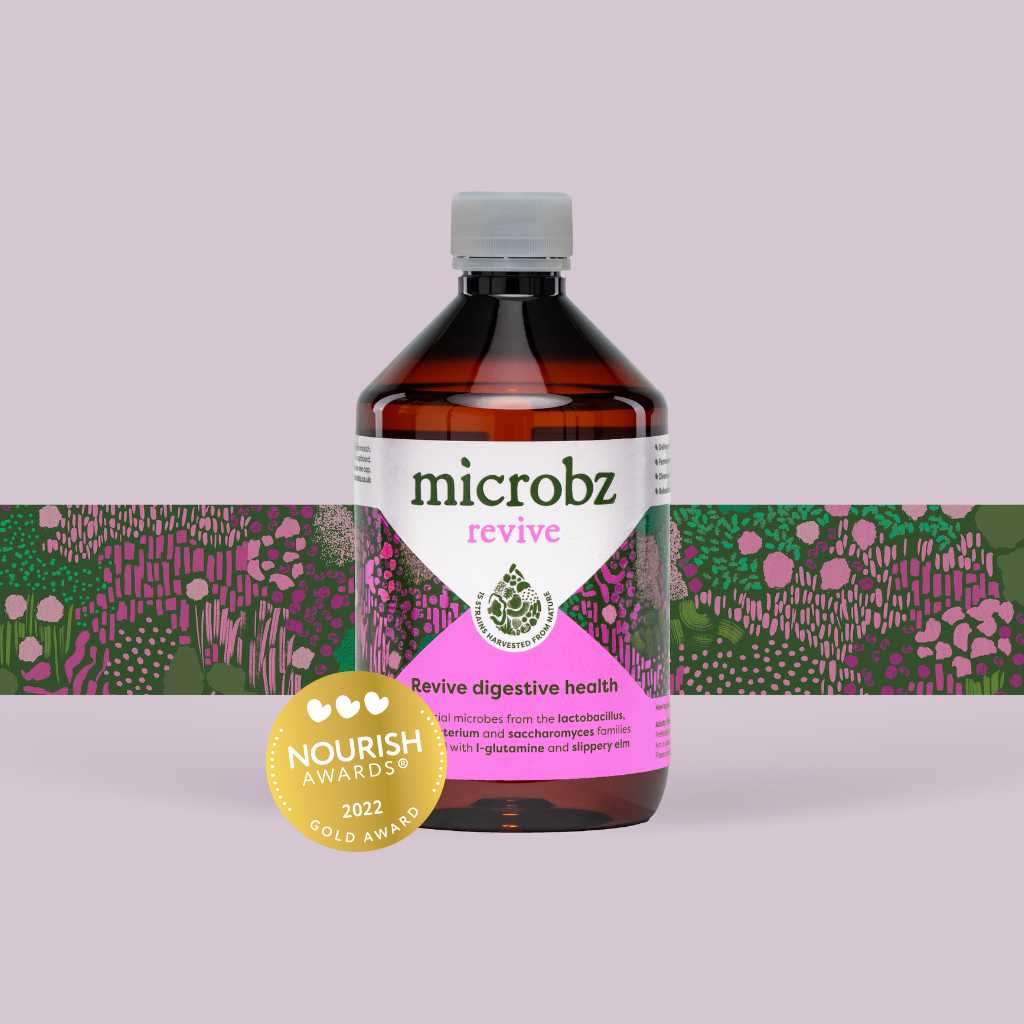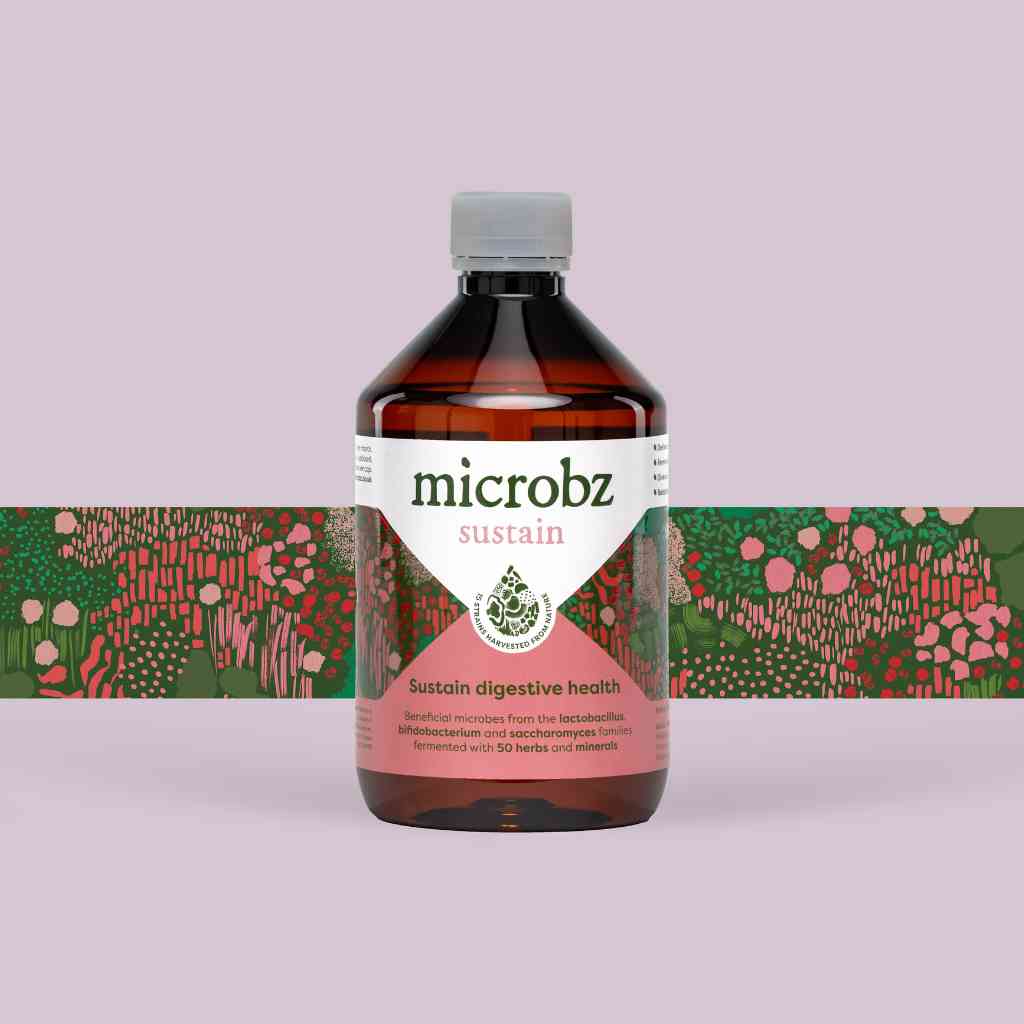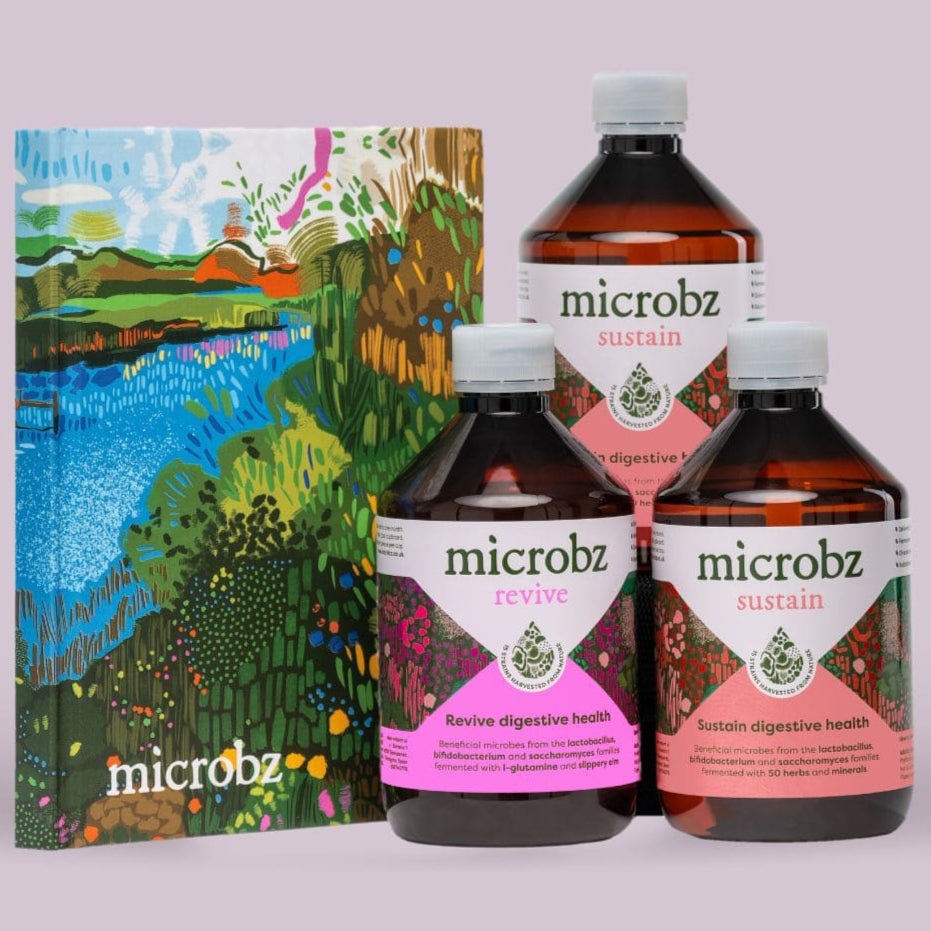St Mary’s Thistle
Silybum marianum
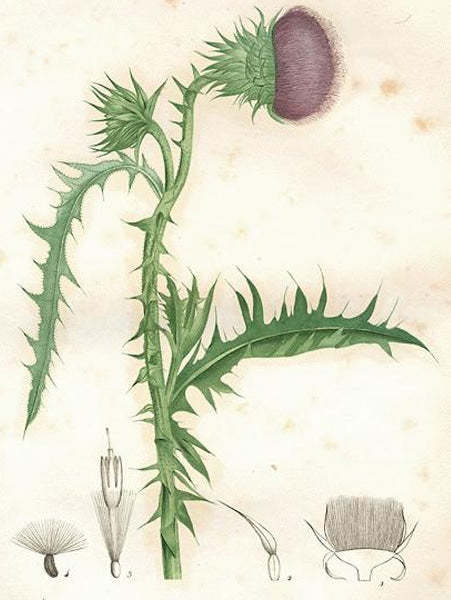
Family: Asteraceae
Which probiotic is it in?: St. Mary’s thistle is a key herb in Bio-Live Liver.
Habit and cultivation: Native to the Mediterranean it now is widespread throughout the world. Growing wild and thriving on waste lands, it is also cultivated as an ornamental dried flower. Likes a sunny position, in a well drained soil. Easy to grow and matures in less than a year.
Actions (known for): Hepatoprotective, anti-oxidant, galactogogue, demulcent, cholagogue and digestive tonic.
History of St Mary’s Thistle
Parts used from the St Mary’s Thistle
Seeds.
Constituents (bio available chemicals):
Flavanolignans including; silybin, silychristin, silydianin that are collectively known as silymarin. Flavonoid – silymarine. Bitter principle. Amines including tyramine and histamine. Polyacetylenes.
Nutritional constituents:
Indications:
Liver tonic, chronic liver and gallbladder disorders such as cirrhosis, damage from chemical poisoning and alcohol abuse, cholangitis, pericholangitis, gall stones, chronic hepatitis (including B and C), as a supportive during acute hepatitis. Stimulates the flow of breast milk. Externally: can be used for psoriasis, eczema, burns, wounds and sores.
Dosage:
Seeds: 4-9g daily. Liquid extract (1:2): 30-60ml per week. Absorption of silybum is enhanced by lecithin.


